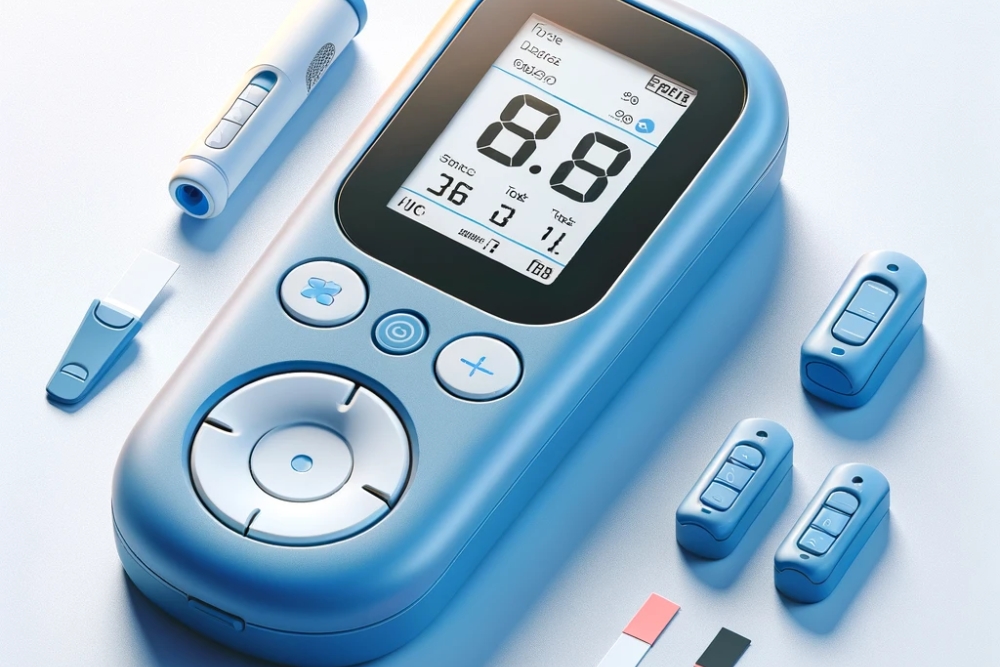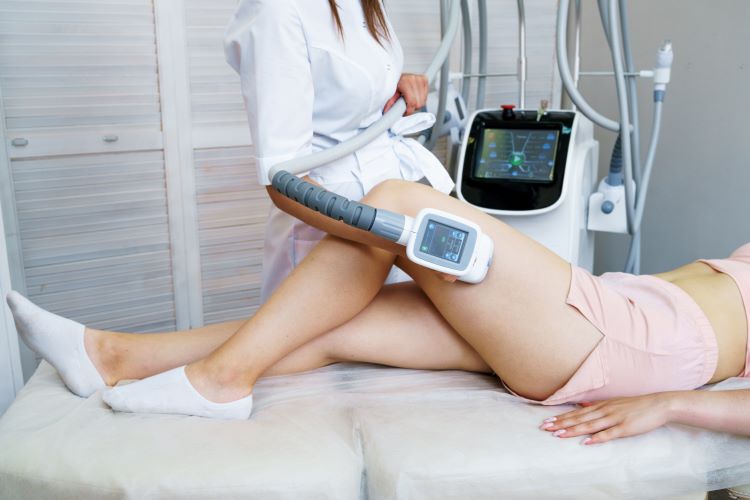Reclaiming Mental Wellness: The Phenomenon of Digital Detox
In the digital age, our lives are intertwined with screens. We wake up to our phone alarms, browse social media while eating breakfast, work on laptops, and wind down with a good Netflix show. But what happens when this digital saturation becomes too much? Enter the phenomenon of a digital detox.

A Historical Overview of Digital Detox
A digital detox refers to a period of time during which a person refrains from using electronic devices such as smartphones or computers, considered a break from the constant connectivity of today’s digital world. The concept emerged in the late 2000s, alongside the surge in the use of digital technology and its associated health concerns. The first Digital Detox retreat was held in 2012, showcasing a growing awareness of the need for balance in our digital lives.
The Rise of Digital Detox in Health and Wellness
Modern health trends have started to incorporate digital detox as a critical component of wellness. From retreats that offer device-free relaxation to apps that track screen time, the wellness industry is recognizing the potential harm of our digital obsession. Research shows that excessive screen time can lead to symptoms of anxiety, depression, and sleep disorders, reinforcing the need for regular digital detoxes.
The Science Behind Digital Detox
When we engage with digital devices, especially those with screens, our brains are subjected to high levels of stimulation. This can disrupt our natural sleep patterns, stress levels, and overall mental health. By reducing our screen time, we allow our minds to relax and recharge, leading to improved focus, better sleep, and reduced stress. These benefits are backed by numerous studies, including a 2018 research paper published in the Journal of Medical Internet Research.
The Practicality and Challenges of a Digital Detox
While the benefits of a digital detox are clear, implementing it can be a challenge. We live in a world where digital connection is almost a necessity. Work, communication, and even relaxation often involve screens. However, it’s about finding balance rather than completely eliminating technology. Consider allocating specific times for screen use and ensuring regular breaks.
The Balance: Practical Tips for Digital Detox
-
Set clear boundaries: Allocate specific hours for digital device usage and stick to them.
-
Use technology to your advantage: Apps like Freedom and RescueTime can help manage your digital consumption.
-
Engage in physical activity: Regular exercise can help distract from digital devices and promote overall wellness.
-
Create a device-free bedroom: This can help improve sleep quality and reduce stress.
-
Practice mindfulness: Being present in the moment can reduce the urge to check your devices.
Wrapping Up
While digital technology has brought countless benefits, it’s crucial to acknowledge and address the side effects. A digital detox, backed by scientific research, is a practical and effective way to manage our digital consumption. By setting clear boundaries, using helpful tools, and engaging in mindful practices, we can reclaim our mental wellness in the digital age.




